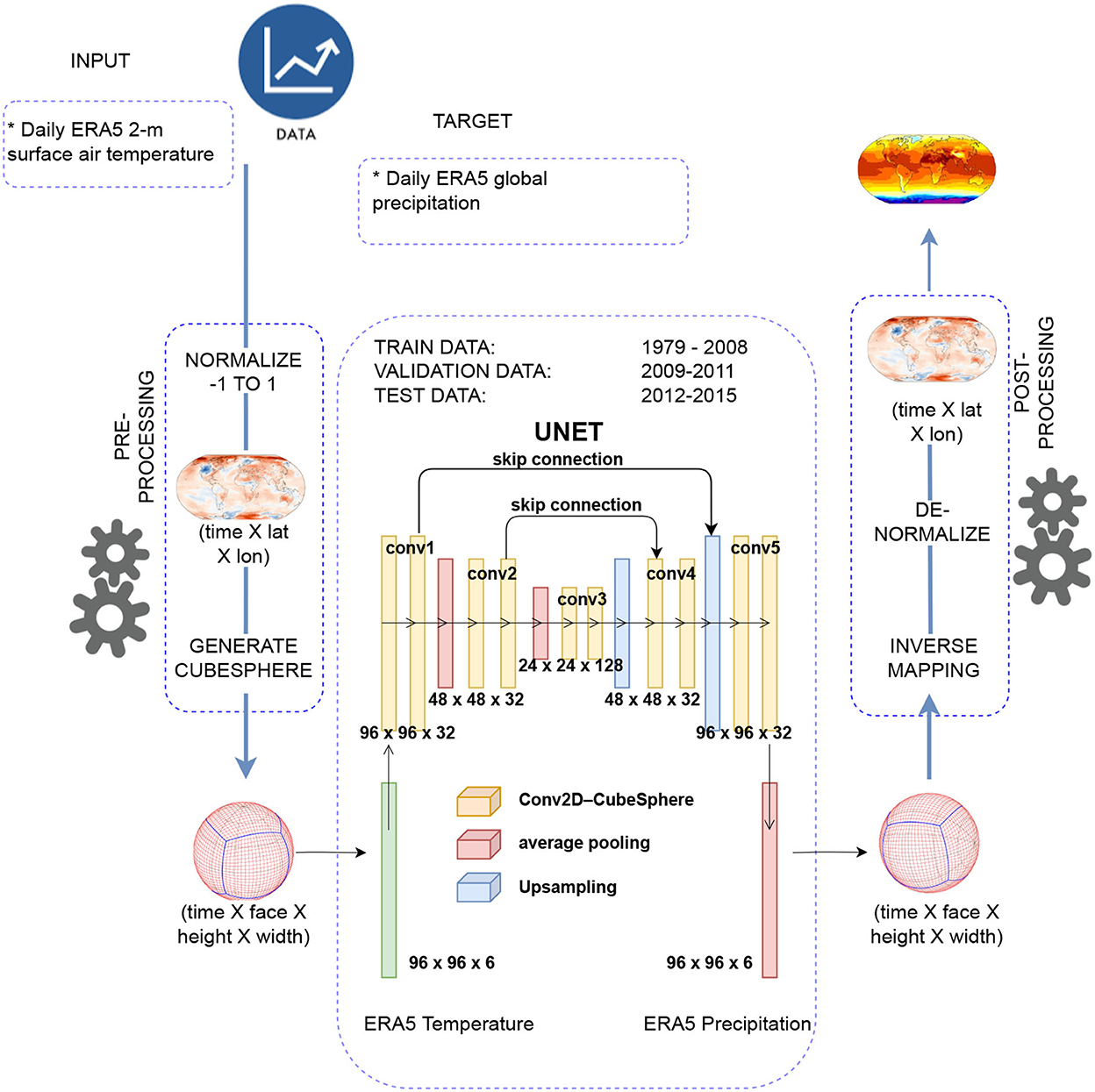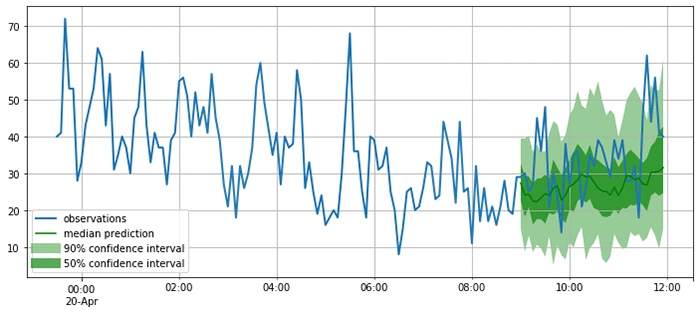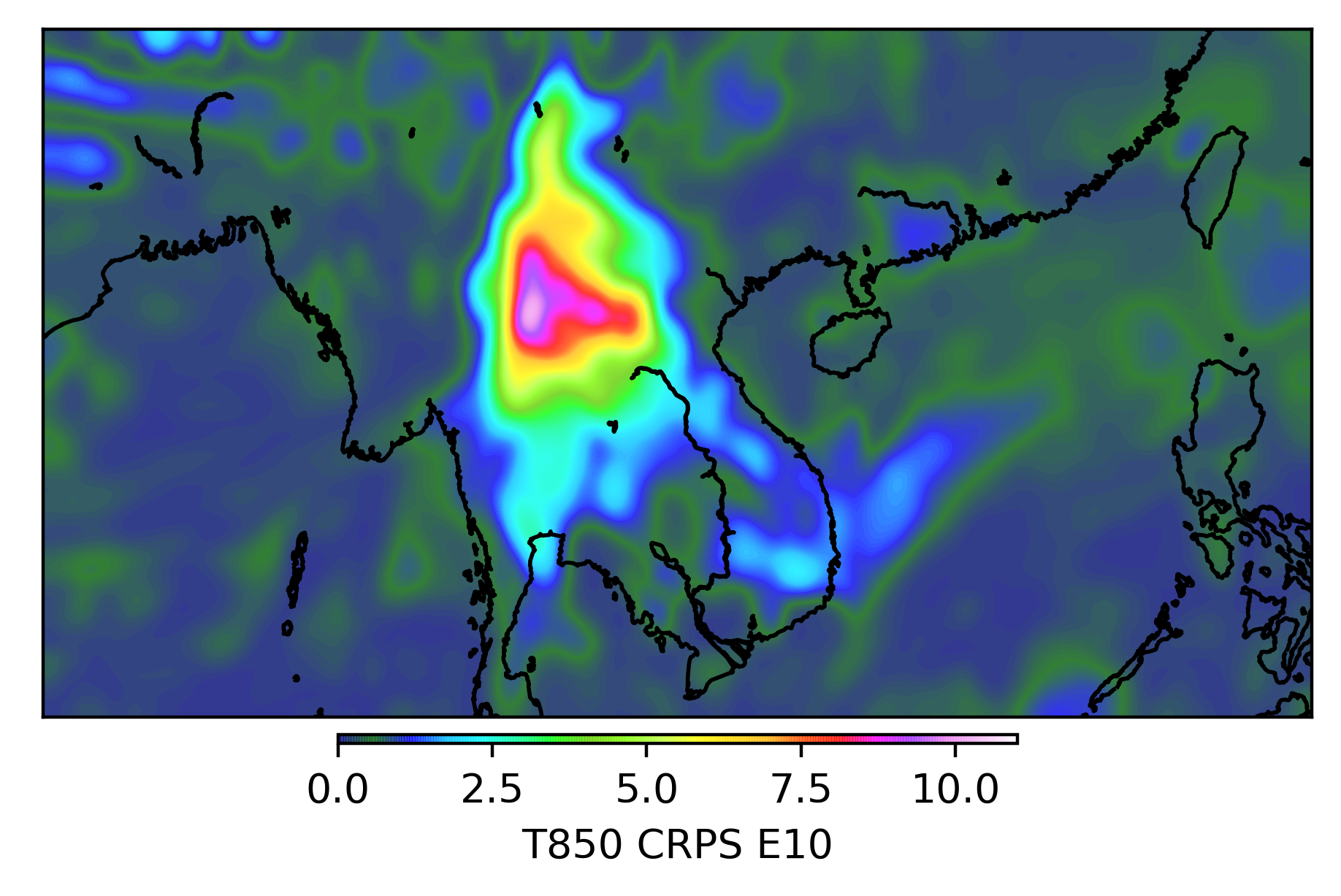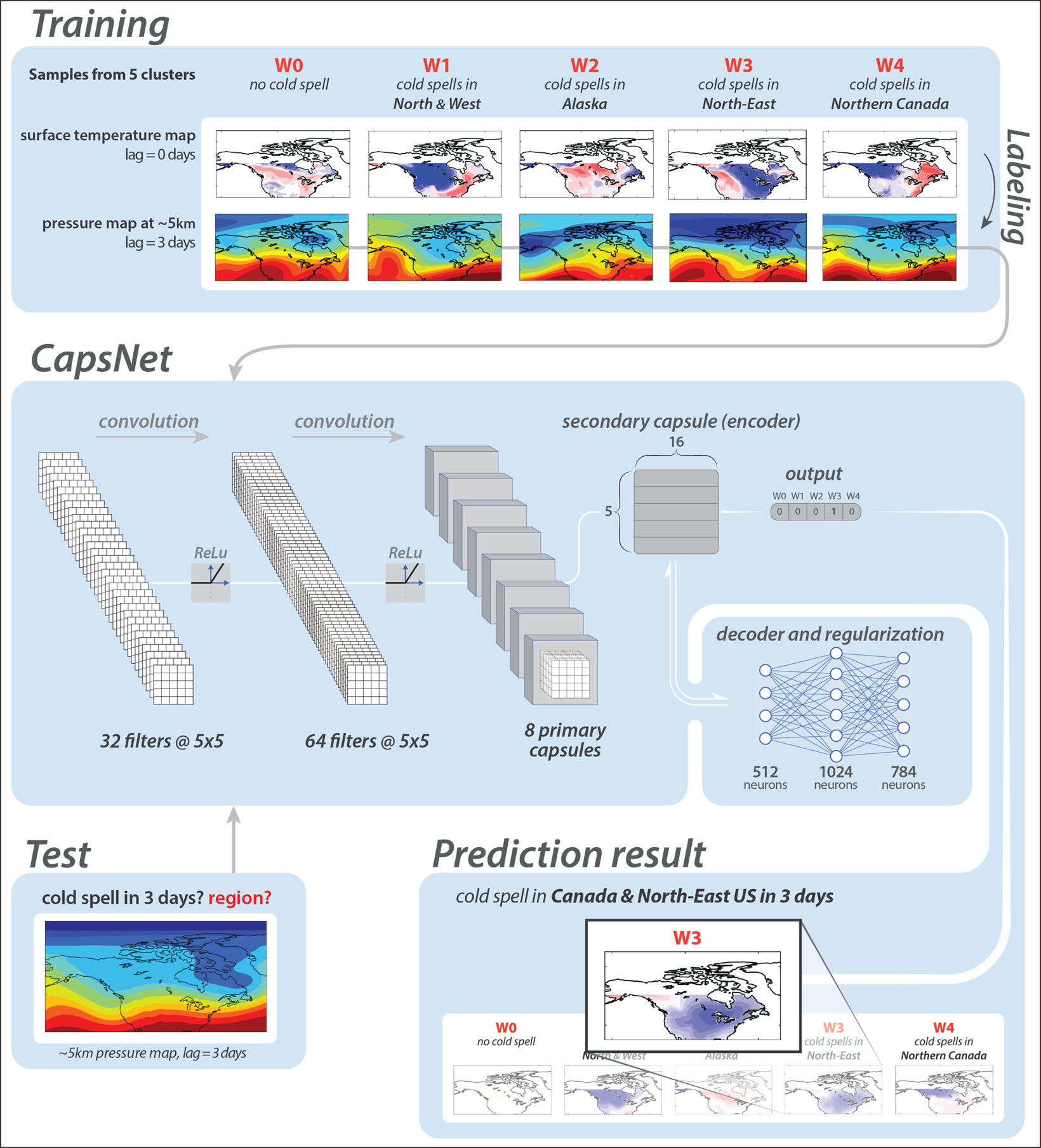
Deep Learning Models for Weather Prediction
Weather prediction is a challenging task, as it requires accurate modeling of the complex interactions between the atmosphere, oceans, and land surface. Traditional weather forecasting methods rely on mathematical models that are based on physical laws and observations. However, these models can be computationally expensive and difficult to calibrate, and they often struggle to capture the full range of weather phenomena.
Deep learning models offer a potential solution to these challenges. Deep learning is a type of machine learning that uses artificial neural networks to learn from data. Neural networks are inspired by the human brain, and they can be used to represent complex relationships between inputs and outputs. This makes them well-suited for tasks such as weather prediction, where the goal is to learn how to map from a set of observations (e.g., current weather conditions) to a desired output (e.g., future weather conditions).

In recent years, there has been a growing interest in the use of deep learning for weather prediction. A number of studies have shown that deep learning models can achieve comparable or better performance than traditional weather forecasting methods. For example, a study by the National Center for Atmospheric Research (NCAR) found that a deep learning model was able to improve the accuracy of 5-day weather forecasts by up to 10%.
There are a number of reasons why deep learning models are well-suited for weather prediction. First, deep learning models can learn complex relationships between inputs and outputs. This is important for weather prediction, as the atmosphere is a complex system with many interacting components. Second, deep learning models can be trained on large datasets. This is also important for weather prediction, as there is a wealth of weather data available. Third, deep learning models are able to generalize well to new data. This means that they can be trained on data from one region and then used to make predictions for other regions.
Despite the promise of deep learning for weather prediction, there are also some challenges that need to be addressed. One challenge is that deep learning models can be computationally expensive to train. This is especially true for large models that are trained on large datasets. Another challenge is that deep learning models can be difficult to interpret. This makes it difficult to understand why a model makes a particular prediction.

Despite these challenges, deep learning is a promising tool for weather prediction. Deep learning models can achieve comparable or better performance than traditional weather forecasting methods, and they are able to learn complex relationships between inputs and outputs. As the cost of training deep learning models continues to decrease and the interpretability of deep learning models improves, deep learning is likely to play an increasingly important role in weather prediction.
Applications of Deep Learning for Weather Prediction
Deep learning models are being used for a wide range of weather prediction applications, including:

- Short-term weather forecasting. Deep learning models can be used to forecast weather conditions for the next few hours or days. This information can be used to make decisions about a variety of activities, such as planning outdoor events, scheduling travel, and preparing for severe weather.
- Long-term weather forecasting. Deep learning models can be used to forecast weather conditions for the next few weeks or months. This information can be used to plan for seasonal activities, such as farming and tourism.
- Climate change research. Deep learning models can be used to study the effects of climate change on weather patterns. This information can be used to develop strategies for adapting to climate change.
- Disaster response. Deep learning models can be used to identify areas that are at risk of severe weather events. This information can be used to help emergency managers prepare for and respond to disasters.
Benefits of Deep Learning for Weather Prediction
There are a number of benefits to using deep learning for weather prediction, including:

- Improved accuracy. Deep learning models can achieve comparable or better accuracy than traditional weather forecasting methods. This is especially true for short-term weather forecasting.
- Greater flexibility. Deep learning models can be trained on a variety of data sources, including historical weather data, satellite imagery, and radar data. This makes them more flexible than traditional weather forecasting methods, which are often limited to a single data source.
- Faster forecasting. Deep learning models can be trained and deployed quickly. This makes them well-suited for applications where fast response times are critical, such as disaster response.
- Lower cost. Deep learning models are becoming increasingly affordable to train and deploy. This makes them a viable option for organizations of all sizes.
Challenges of Deep Learning for Weather Prediction

There are also a number of challenges to using deep learning for weather prediction, including:

- Computational cost. Deep learning models can be computationally expensive to train and deploy. This is especially true for large models that are trained on large datasets.
- Interpretability. Deep learning models can be difficult to interpret
Post a Comment